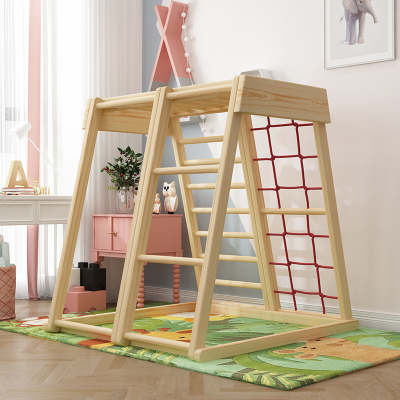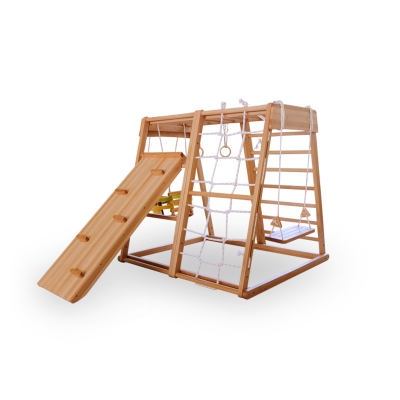The world of antique dolls is indeed fascinating and offers a glimpse into the history of doll making, fashion, and cultural values. Antique dolls are typically defined as those made before the mid-20th century, and they are highly collectible. Here are some aspects that make the world of antique dolls so intriguing:
- Historical Significance: Antique dolls often reflect the fashion, craftsmanship, and societal norms of their respective eras. They provide valuable insights into the material culture of the past.
- Materials: Antique dolls were made from a wide range of materials, including porcelain, bisque, wax, wood, papier-mâché, composition, and celluloid. Each material has its unique characteristics and challenges for preservation.
- Artistry and Craftsmanship: Many antique dolls were meticulously crafted by skilled artisans. Porcelain and bisque dolls, in particular, exhibit exquisite detailing in their faces, hair, and clothing. Some dolls even featured hand-painted features and glass eyes.
- Diversity of Styles: Antique dolls come in various styles, including fashion dolls, portrait dolls, character dolls, and baby dolls. Fashion dolls, like those from the French houses of Jumeau and Bru, often featured stylish clothing and accessories from their respective time periods.
- Fashion History: Antique dolls are often dressed in period-appropriate clothing, providing a visual record of fashion trends from the 18th to the early 20th centuries.
- Provenance and Rarity: The rarity and historical significance of certain antique dolls can make them highly sought after by collectors. Dolls with documented provenance (a known history of ownership) can be particularly valuable.
- Condition: The condition of an antique doll greatly affects its value. Collectors often seek dolls that have been well-preserved, with minimal damage or restoration.
- Doll-Making Companies: Many doll-making companies from the past, such as Germany’s Gebrüder Heubach, France’s SFBJ (Société Française de Fabrication de Bébés et Jouets), and the German firm Simon & Halbig, produced dolls that are highly regarded by collectors.
- Evolution of Technology: The history of antique dolls mirrors the evolution of technology in the doll-making industry. For example, the transition from porcelain to bisque allowed for greater durability and realism.
- Cultural Significance: Some antique dolls, like China dolls, were produced for export and played a role in cultural exchange between countries.
- Restoration and Preservation: Collectors and experts often engage in the delicate process of restoring and preserving antique dolls to maintain their historical integrity and value.
- Collector Communities: Enthusiasts of antique dolls form tight-knit communities, where they share knowledge, attend conventions, and exchange insights about doll collecting.
Antique dolls hold a special place in the hearts of collectors and doll enthusiasts. They are not just cherished possessions but also windows into the past, offering a tangible connection to the craftsmanship, artistry, and societal values of bygone eras. The world of antique dolls is a captivating blend of history, art, and nostalgia.

















